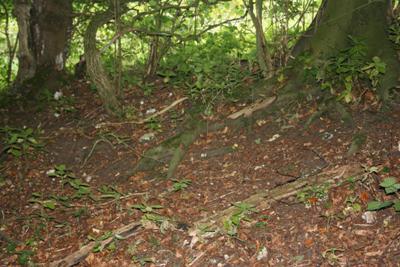Exeter Analytical has unveiled a new application note, which demonstrates a way to accurately and reproducibly determine the carbon, hydrogen and nitrogen (CHN) content in soil samples utilizing Exeter Analytical Model 440 Elemental Analyzer.

Agrochemical and environmental laboratories across the globe show interest in identifying the CHN content of soil samples, with focus on detecting nitrogen and carbon content. Carbon can be identified in both organic and inorganic forms through temperature differential measurement or acid pre-treatment utilizing the Exeter Analytical Model 440 Elemental Analyzer.
The detection of nitrogen content in soil samples utilizing the Model 440 Elemental Analyzer reduces time and cost without compromising data quality when compared to the conventional Kjeldahl nitrogen determination method. The new application note contains information of the analytical methodology utilized as well as data illustrating the superior quality of CHN data detection, which is achievable through the use of the Model 440 Elemental Analyzer, a static combustion CHN elemental analyzer.
The Model 440 Elemental Analyzer features a specially designed horizontal furnace that allows easier sample residue removal between every soil analysis. Moreover, one combustion tube can investigate more than 1000 soil samples without the necessity for cleaning and removal. The gas flow features of the Model 440 analyzer are far better than other elemental analyzers because it efficiently eliminates the accumulation of residue, thus providing improved accuracy and precision and better calibration stability for soil sample data to be measured.
Moreover, the Model 440 can reproducibly attain 100% combustion for a variety of soil samples as it enables total control over combustion factors. Nitrogen levels as low as 0.1% to 0.2% range can be accurately measured with the proprietary nitrogen analysis software.